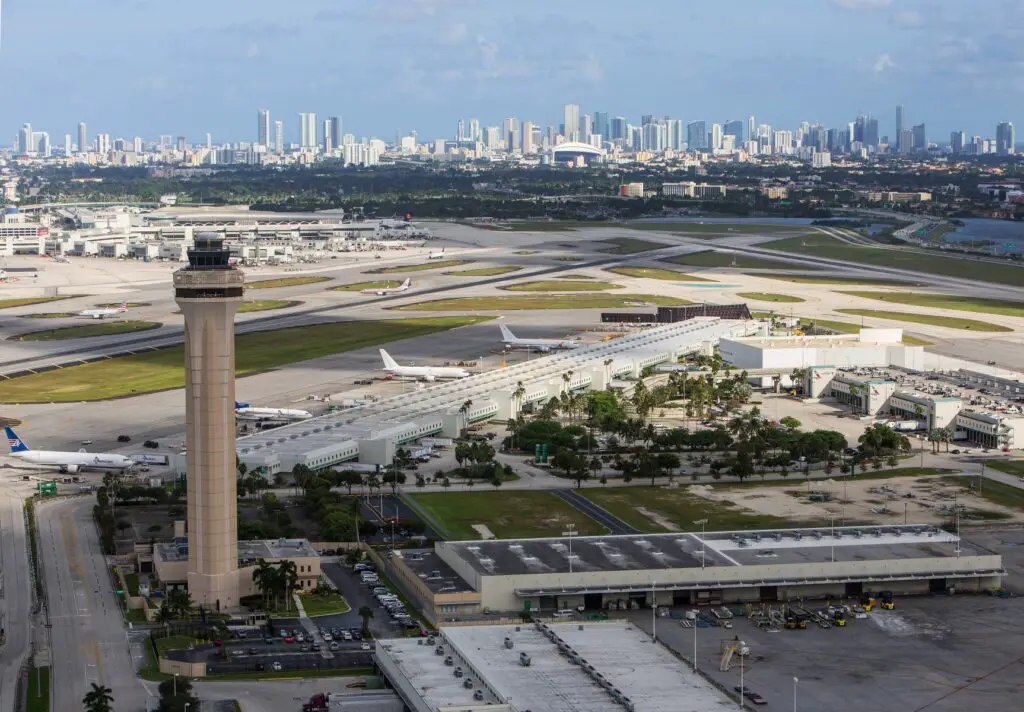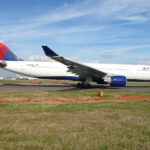The Federal Aviation Administration of the United States (FAA) is considering implementing measures to reduce air traffic controller errors. This initiative comes after two serious incidents at two of the country’s busiest airports.
The directive proposed by the FAA will increase the required rest time for controllers between shifts from 9 to 10 hours. Additionally, if a shift starts at midnight, the previous rest must be 12 hours.
Mike Whitaker, administrator of the FAA, estimates that the new rest schedules will take effect within 90 days.
«We are committed to a sustained effort to address controller fatigue and ensure that our airspace is the safest in the world», Whitaker said in a statement.
FAA Report
The FAA released a report on Friday, April 19, evaluating the risks associated with air traffic controller fatigue.
This report is the result of actions taken by the government agency, which formed a group of experts to study the impact of fatigue on controllers following an investigation published by The New York Times.
According to The Times, the shortage of controllers has led to them working with exhaustion and demoralization, increasing the likelihood of errors when controlling airport traffic.
The Times’ report states that in many U.S. air traffic control centers, there is insufficient staffing, resulting in controllers working up to 10-hour shifts, six days a week.
Under the current rest system, a controller could start their first shift of the week in the afternoon, and as the days pass, subsequent shifts start progressively earlier.
For example, in Argentina, at the busiest airports, shifts are eight hours with fixed hours. This means a controller can start at 5:00, 13:00, or 21:00, with 8-hour workdays.
In March, the Biden Administration proposed to increase taxes on executive aviation fuel, allowing more money to flow into the FAA.
In 2023, the government allocated $22 billion to the FAA, which was used to hire 2,000 controllers and renovate obsolete buildings.
Two Incidents in Two Days
On April 17th, a SWISS International Airlines Airbus A330-300 experienced an aborted takeoff (RTO) at John F. Kennedy International Airport (JFK).
The air traffic control authorized flight LX17, bound for Zurich, to begin its takeoff roll, when another controller authorized four aircraft to cross the runway occupied by the A330-300. The captain of the SWISS aircraft initiated the RTO procedure upon noticing the aircraft crossing the runway ahead.
According to the FAA’s preliminary report, the controller who authorized the A330’s takeoff stated he had informed his colleague that the four aircraft should cross runway 04L after LX17’s takeoff.
The following day, April 18th, at Ronald Reagan Washington National Airport (DCA), a JetBlue aircraft bound for Boston was cleared for takeoff on runway 04. A Southwest Boeing 737 taxiing on runway 01 was cleared to cross the runway occupied by the Embraer 190.
The controllers detected the potential collision and instructed the JetBlue aircraft to abort takeoff, which it did, stopping just 90 meters from the Southwest 737.
In this incident, not only was there a human error, but the FAA is also investigating a possible fault in the ASDE-X system, which warns of potential ground collisions.
Air Traffic Controllers Union’s Stance
The National Air Traffic Controllers Association expressed optimism upon learning of the FAA’s stance. They found that encouraging the government agency’s initiative to pay special attention to fatigue was a factor in potential air traffic control accidents.
However, they expressed concern about the possibility that the new rest schedule will affect the workforce, which is already insufficient, and this could affect flight scheduling.
«The FAA has not modeled these changes to determine their unforeseen consequences for the already strained air traffic control workforce coverage. The immediate implementation of the new rules may result in coverage gaps in air traffic control facility schedules», the union stated.














